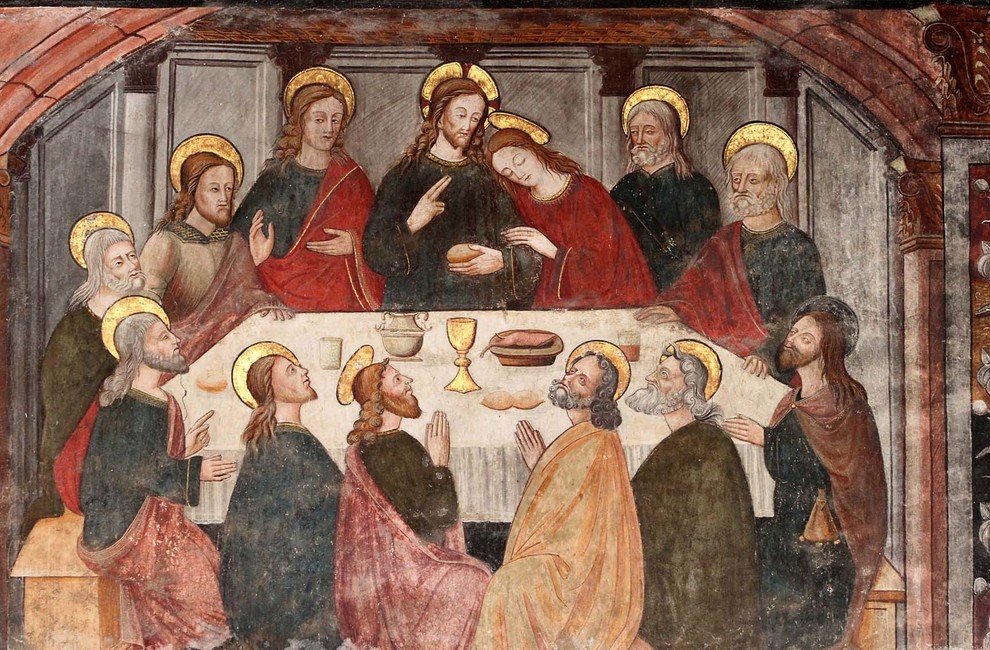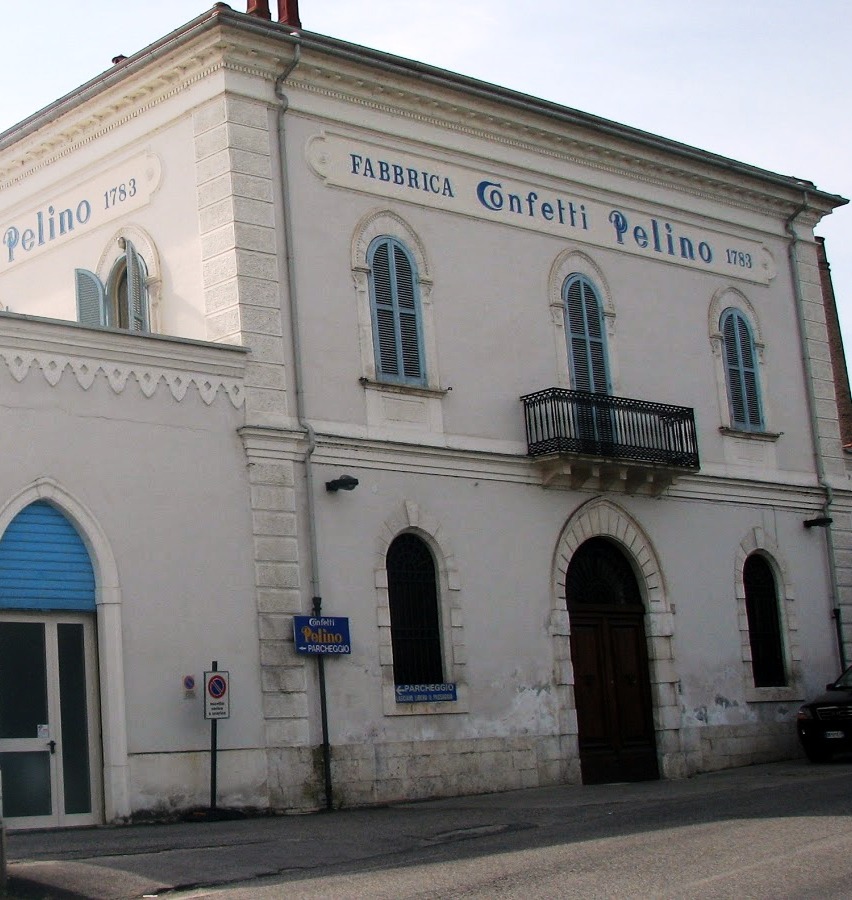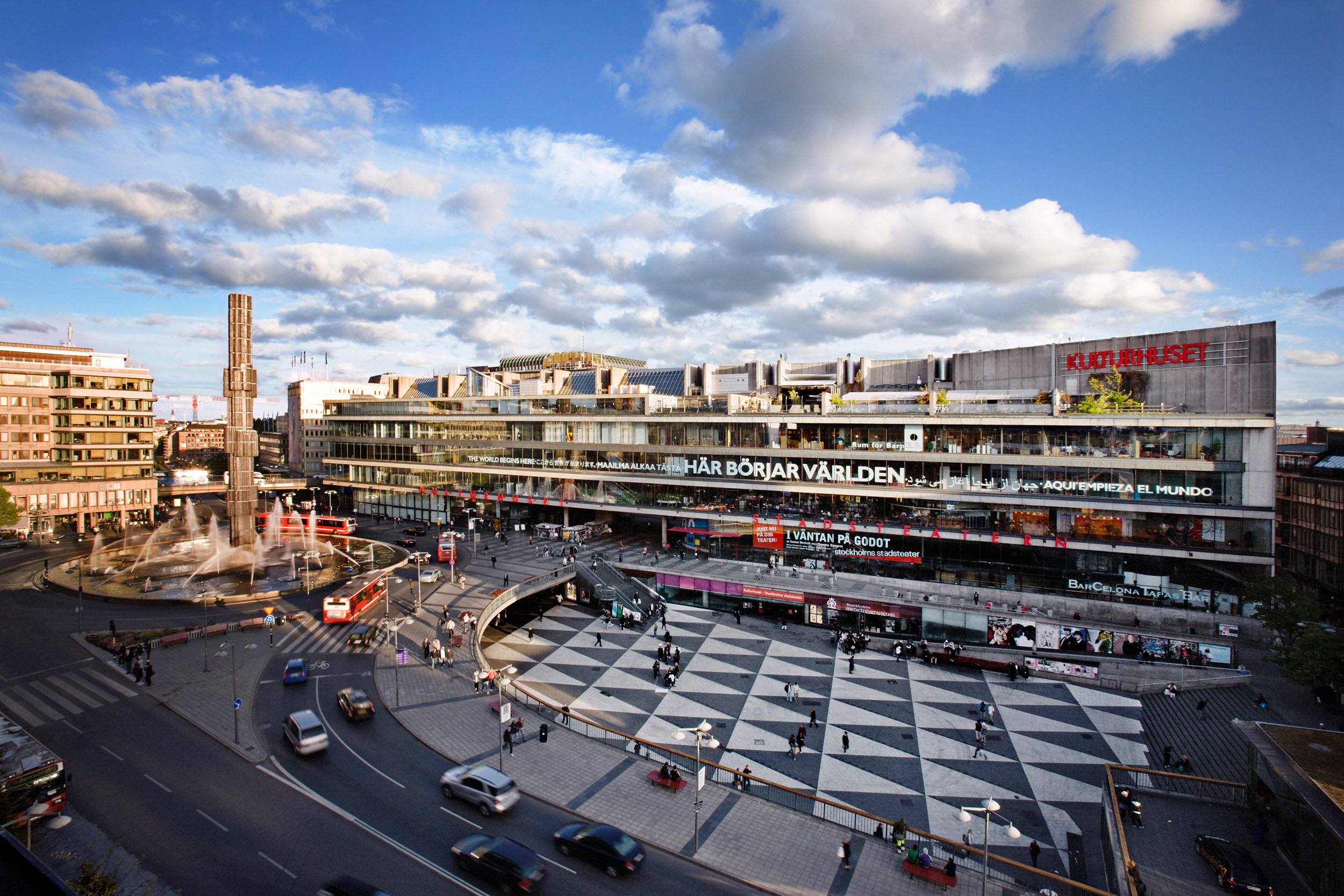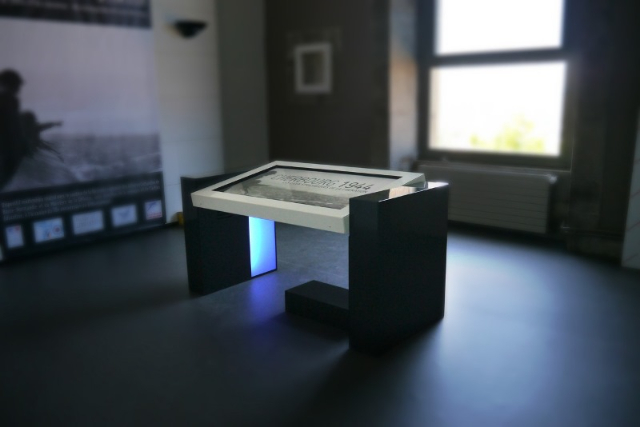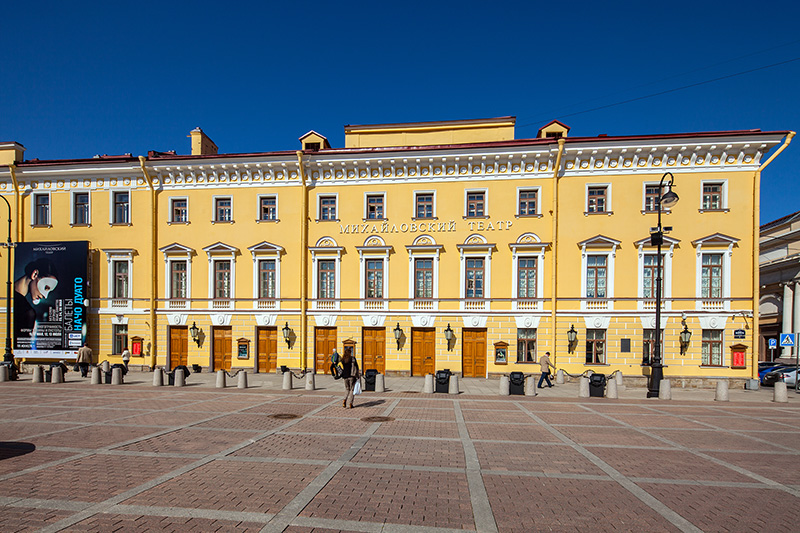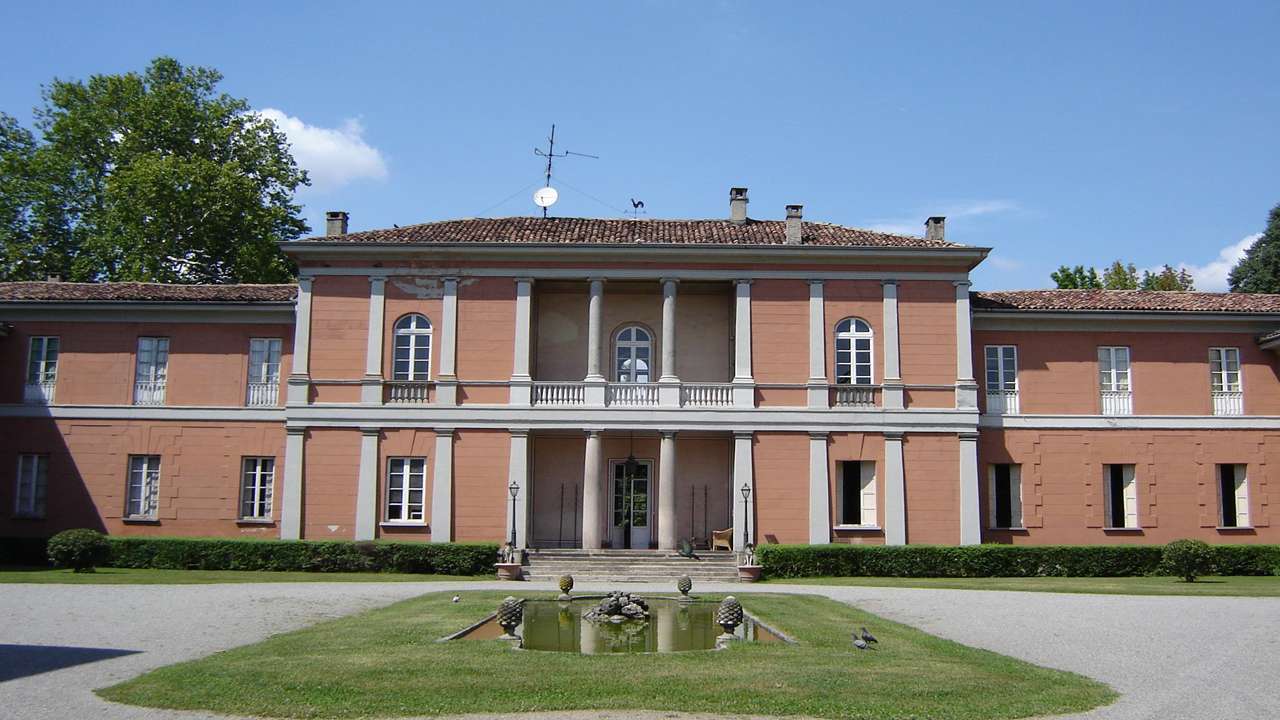Closed for excess of beauty. A paradox all nolano for the monumental monastery complex of Sant’Angelo in Palco. A site owned by the Order of Franciscan Friars Minor of the Province of Naples among the pearls of the Renaissance now closed for over four years. Here, in the refectory, you can admire the fresco of the Last Supper, a work of 1503 painted by an anonymous artist who presents a similarity with an image of the Last Supper contained in Dan Brown’s best seller. According to the theory of the American author who has sold 100 million copies, in Leonardo’s Last Supper there was not the apostle John the Evangelist next to Jesus but Mary Magdalene, considered by the writer to be the bride of Christ. As in the immortal work of Leonardo da Vinci, also in the painting by Nola the somatic features of the person next to Christ are female. But not only. In the work of the convent of Nola, the apostle John is close to Jesus, with his head resting on his shoulder, just as in the reconstruction that the character in the book Sir Leigh Tebing does by modifying the Last Supper by Leonardo. A clamorous detail that in Italy has only one other similar case: the 16th century painting in the church of San Benedetto in the hamlet of Celarda in Feltre (Belluno).
A strong suggestion, blasphemous for some.
